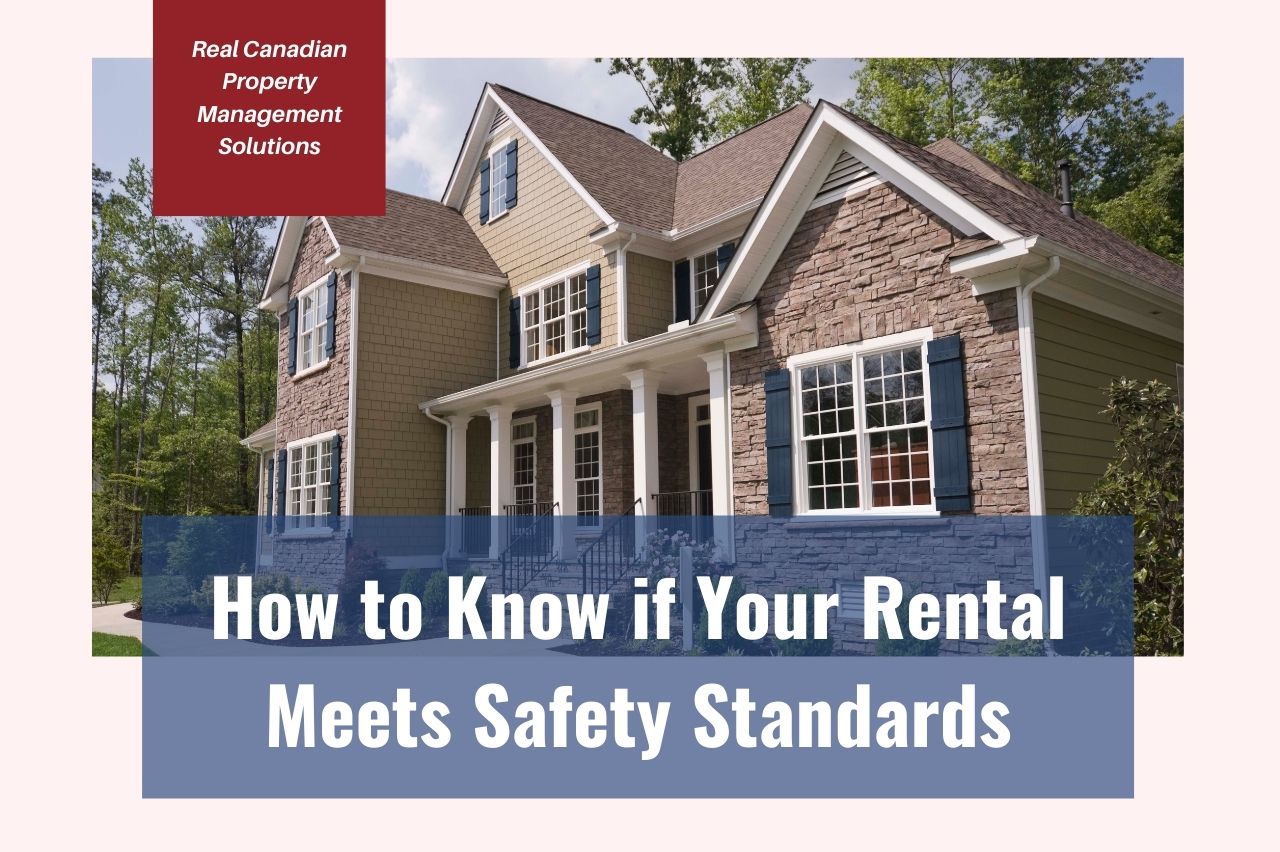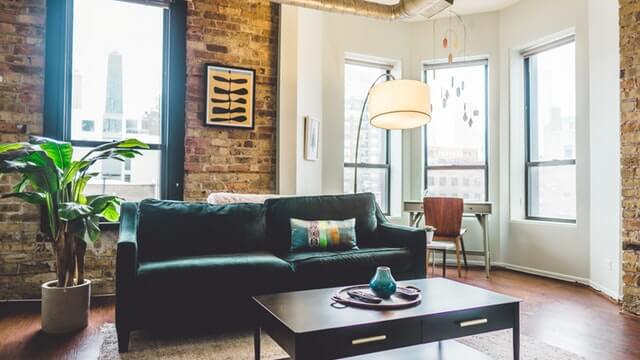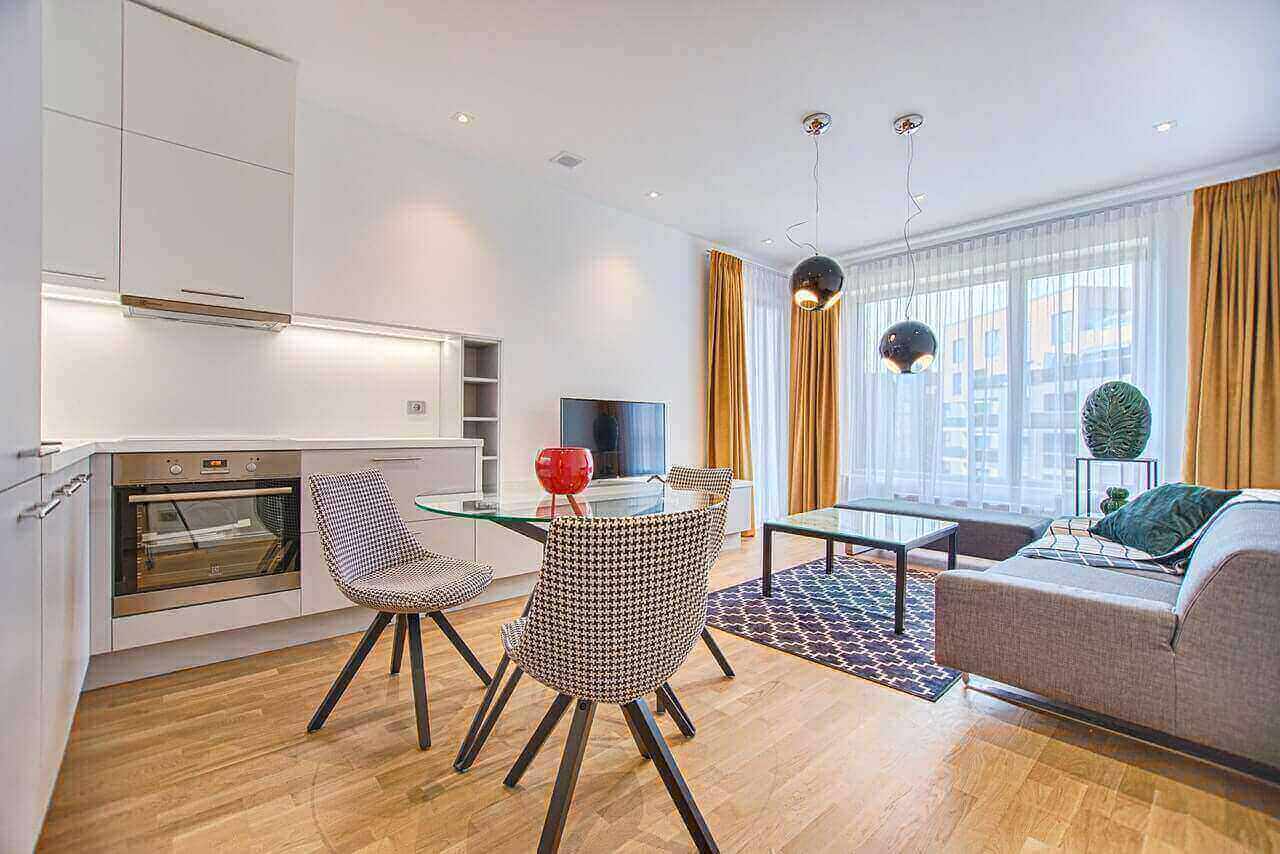
A crucial part of managing rental properties is prioritizing a safe and secure environment. Even State laws require property owners to adhere to building safety, health codes and keeping the rentals habitable.
To determine if your rental meets the safety standards, it’s advisable to perform frequent inspections.
In addition to shielding your renters from harm, conducting preventive maintenance can prevent a number of problems in your property. It can slow down normal wear and tear and keep your tenants happy.
In this post, we are highlighting the areas you should inspect to ensure that they meet the safety standards.
1. Doors and Windows
Take time to inspect the doors in your rental. As the main access point of a home, a good and solid door can protect your tenants from intruders. Ensure that the door frames are solid and the hinges are tight. Place a peephole and bolts to further fortify your door from trespassers.
Another access point are the windows. Regularly test if the latches are solid. If not, install stronger locks. The more durable your doors and windows, the better you can protect your renters from criminals.
2. Walls, Ceilings and Flooring
For flooring, it helps to have smooth and non-slip surfaces. High quality material must be used. This guards against accidents. Children often run around and are most at risk. If residents are older, then they can also be vulnerable to falls. If you spot signs of uneven flooring, it’s best to schedule a foundation inspection.

For walls, be sure there are no cracks. Walls should look smooth and even. If you notice any bulging, curving and peeling paint, schedule for repair. The issue can be traced to a leak or foundation problem. Both are costly if not addressed quickly.
For ceilings, insulation is important to maximize comfort. Proper insulation will ensure that your unit stays warm in the winter and cool in the summer. It also saves on energy costs.
When inspecting the unit, look for water stains, new cracks, peeling paint and a sagging appearance. This indicates that water damage is present.
3. Electrical System
Electrical systems need to be checked since they present danger when faulty wires exist.
Fires often originate from poor electrical conditions. To prevent this from happening, avoid circuit overload. Install more sockets and be cautious when operating your electrical appliances.
Schedule an inspection with a licensed electrician to meet the electrical system’s safety standards.
4. Plumbing
Plumbing issues are generally costly so frequent checkups are a necessity. You must clean the gutters and drainage system. Leaks must also be fixed, and damaged pipes must be replaced.
If you delay fixing broken pipes, flooding can occur. This can cause damage to wooden floors and furniture. Water damage also creates mold problems, which can put the residents’ health at risk.
5. Home Security
Security systems deter trespassers from entering your home. You should invest in security cameras, alarms, motion sensors and smoke detectors. Having these safety devices are instrumental to guarding the safety of your rental space.
Be sure to test your security systems to make sure they’re working properly.

6. Appliance Maintenance
Note down the life expectancy of each appliance and replace or repair those that are damaged.
Using appliances when damaged can lead to more damage.
Invest in high quality appliances to reduce breakdowns and preserve their usage. Safety features also accompany newer gadgets.
7. Heating System
Heaters can cause fires if not well-maintained. Schedule an inspection to assess if there’s any damage to the heating system. This should be done prior to the winter season when heaters are heavily used. Also, boilers should be evaluated annually.
Age of Property
While all properties should be regularly inspected, pay close attention to older properties.
Property renovations are essential for older properties. This is to ensure that the rental home is safe for the residents.
Main structures, home systems, flooring and roof need to be examined so they remains secure.
Bottom Line
As a landlord, tenant safety should be your top priority. To ensure security, you should conduct property inspections regularly.

During your inspection, be sure to assess the following:
- Plumbing systems
- Electrical systems
- Heating systems
- Security systems
- Appliances
- Walls
- Floors
- Ceiling
- Doors
- Windows
No matter your property’s age, be sure it adheres to the property safety standards.
If you don’t think you have time to ensure your properties are safe and secure, or you don’t think you have time for regular property inspections, then hire a property management company!
At Real Canadian Property Management Solutions, we can perform preventive maintenance on your rental home and take care of all your property management responsibilities.
Contact us today!